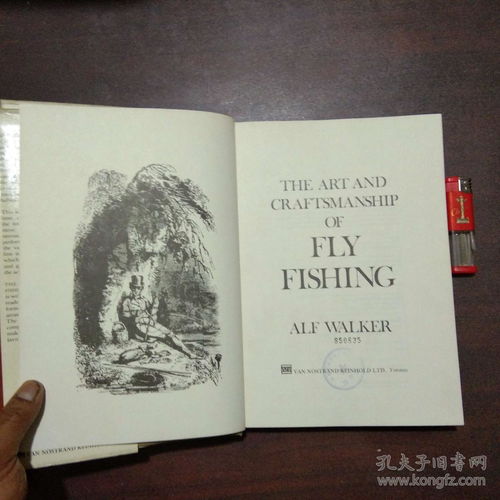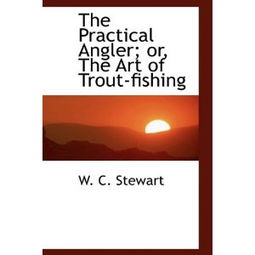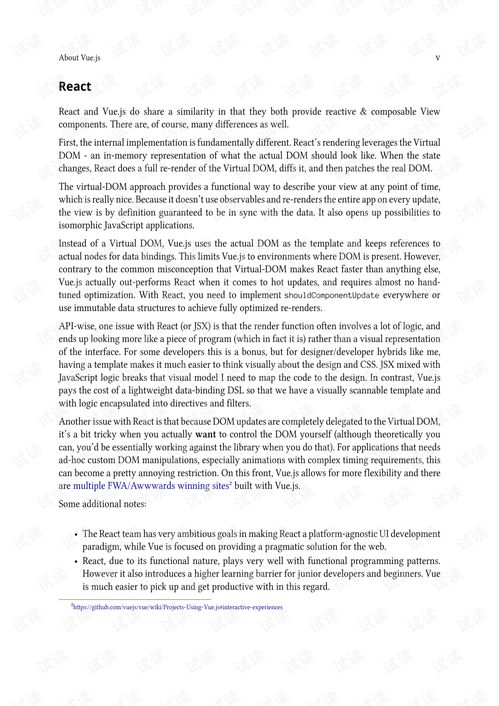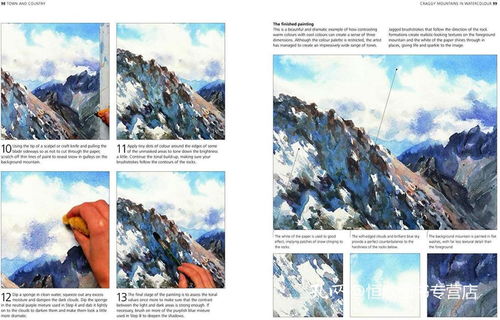Introduction
Fly fishing, an ancient and revered form of angling, has captured the hearts of anglers worldwide with its combination of skill, patience, and the sheer thrill of catching fish on a light fly rod. Whether you're a seasoned angler looking to refine your technique or a beginner eager to dive into this fascinating sport, understanding the basics of fly fishing is crucial. In this article, we'll explore how to use垂钓钓鱼技巧 (fly fishing techniques) to improve your chances of landing that elusive catch.
Choosing the Right Equipment

Before you start, it's essential to have the right equipment. Here's a breakdown of the key components:
- Fly Rod: Choose a rod that matches the type of water and fish you're targeting. Longer rods are ideal for casting long distances, while shorter rods are better for smaller streams and still waters.
- Fly Reel: A fly reel with a smooth drag and a good line capacity is essential. It should be lightweight and comfortable to handle.
- Fly Line: The line is the heart of fly fishing. There are several types, including floating, sinking, and intermediate lines, each designed for different fishing scenarios.
- Leaders and Tippets: Leaders are tapered sections of line that connect the fly line to the fly. They come in various lengths and materials, while tippets are the smallest section of line that the fly is tied to.
Casting Techniques
Casting is the foundation of fly fishing. Here are some basic casting techniques to master:
- Backcast: Start by holding the rod at a 45-degree angle, then sweep it back over your head with a smooth, continuous motion.
- Forward Cast: Begin with the rod tip pointing down, then lift it and sweep it forward with a smooth, controlled motion.
- Roll Cast: Ideal for short distances, this cast involves rolling the line off the tip of the rod instead of casting it with a forward motion.
Presenting the Fly
Once you've landed your cast, the next step is to present the fly to the fish. Here are some tips:
- Match the Hatch: Identify the insects that are most abundant in the water and match your fly to them.
- Wading Technique: Move slowly and carefully, keeping your eyes on the water and the fish.
- Rise Forms: Watch for rise forms, which indicate that fish are feeding on the surface. Adjust your fly accordingly.
- Drift the Fly: Allow your fly to drift naturally through the water, mimicking the movement of real insects.
Reading the Water
Understanding the water you're fishing is crucial for success. Here's how to read the water:
- Streamers: These flies are designed to imitate larger aquatic creatures like leeches and minnows. Look for deep holes, eddies, and riffles where these larger fish might be hiding.
- Dry Flies: These flies float on the surface and imitate insects like mayflies, caddisflies, and mosquitoes. Focus on the surface and look for areas where insects are emerging.
- Nymphs: Nymphs are the larval stage of aquatic insects and are excellent for catching trout. Look for slower, deeper sections of the stream where nymphs might be present.
Handling the Fish
Once you've hooked a fish, it's important to handle it properly:
- Land the Fish: Use a net or gently lift the fish out of the water with your hands, supporting its weight to avoid injury.
- Release or Keep: Assess the fish's size and health. If it's too small or unhealthy, it's best to release it.
- Respect the Fish: Handle fish with care and return them to the water as quickly as possible to minimize stress.
Conclusion
Fly fishing is a sport that requires patience, practice, and a deep appreciation for nature. By mastering these垂钓钓鱼技巧 (fly fishing techniques), you'll be well on your way to becoming a skilled angler. Remember to always respect the water and the fish, and enjoy the beauty and tranquility that fly fishing has to offer. Happy fishing!












